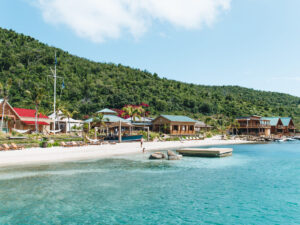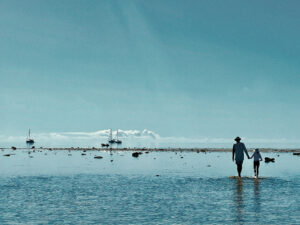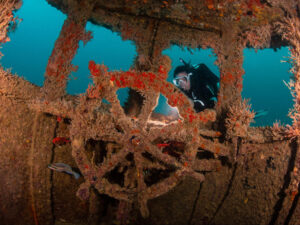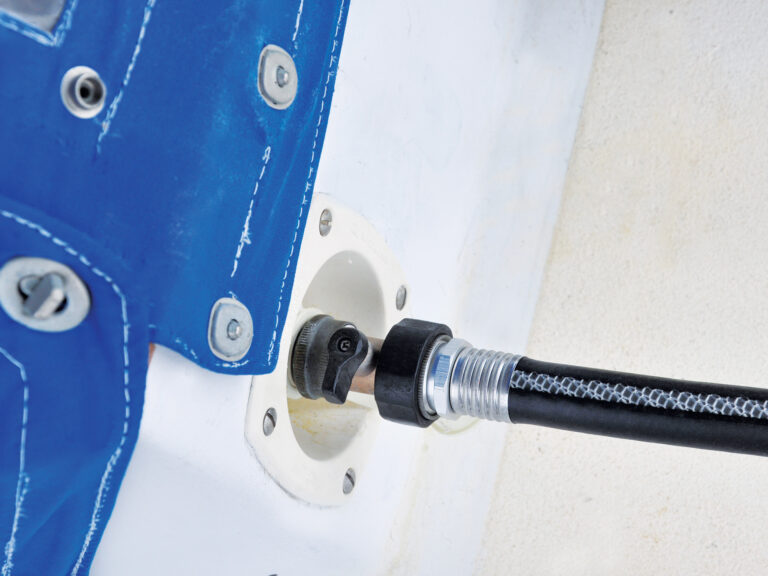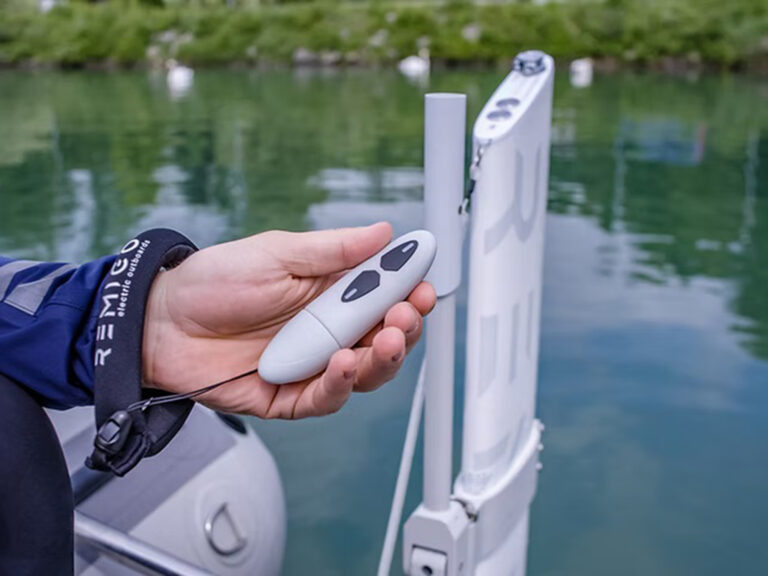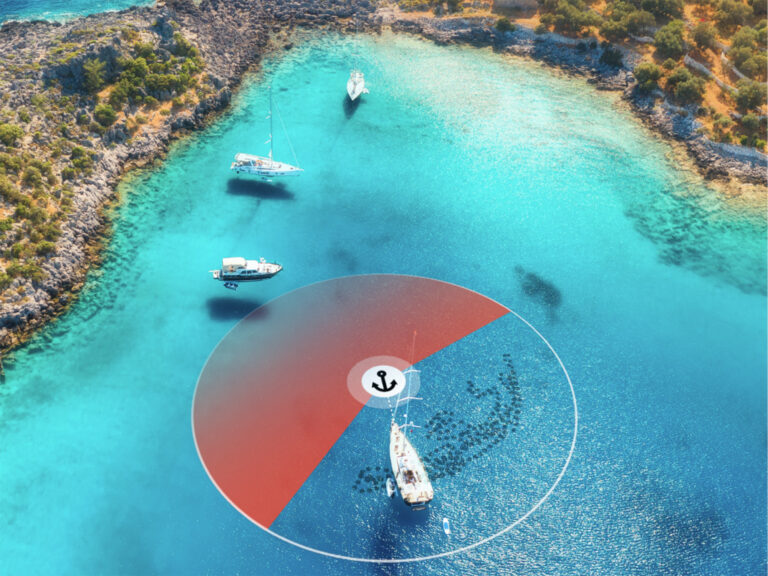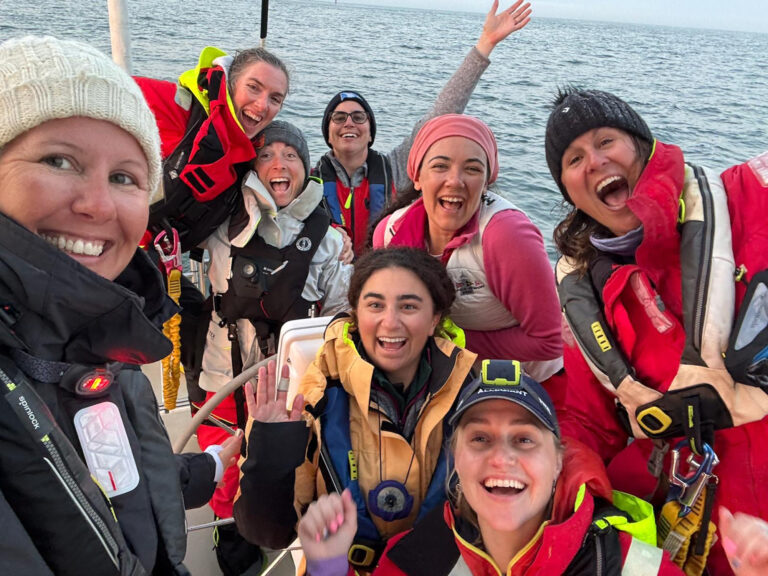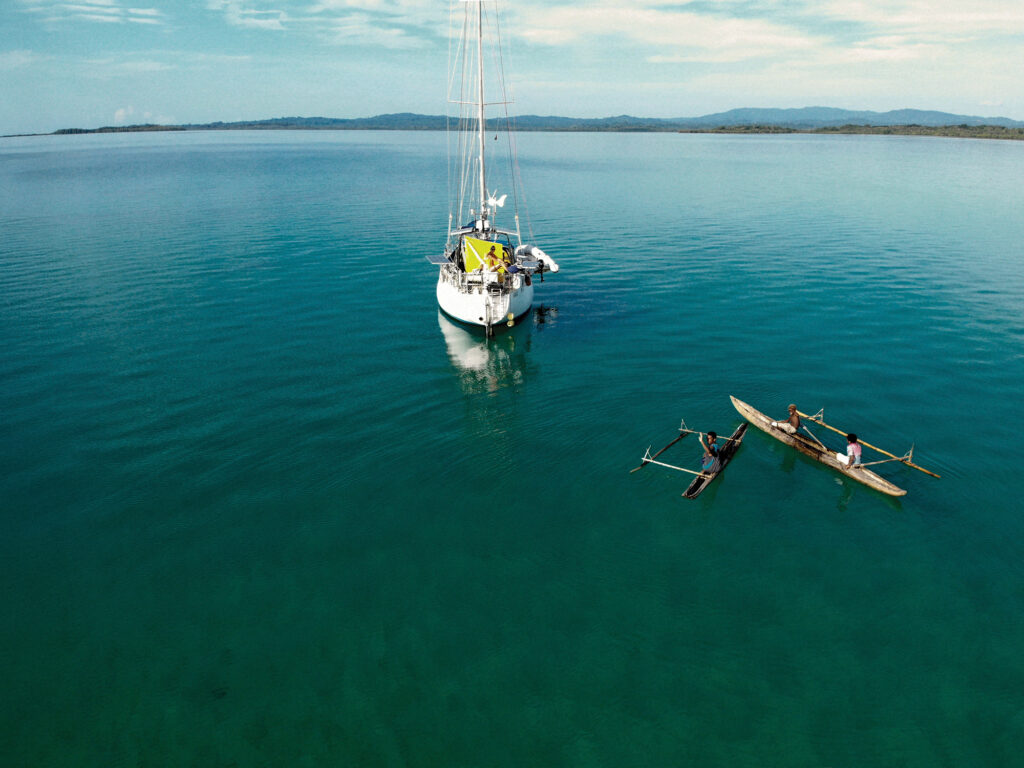
Pushy islanders circling the boat in their canoes. Drunken rascals harassing or assaulting crews. The constant threat of being attacked by saltwater crocodiles. Reading reports about Papua New Guinea, we weren’t sure if it was a wise idea to even dare a brief stopover.
But Papua New Guinea does have the advantage that it lies outside the cyclone belt (at least the northern part). So, we went, but we kept to a route far from the main islands. In the remote little islands, we found beautiful nature and hospitable people wherever we stopped.
While occupying only 1 percent of the world’s landmass, Papua New Guinea has an incredible 7 percent of Earth’s biodiversity. It is the world’s third-largest island country and the most populous among Pacific island nations—even though nobody’s quite certain how many people really live there. Calculations vary from 12 million to 17 million inhabitants. It is culturally diverse too, with traditional customs and lifestyles still practiced in remote areas. More than 800 languages are spoken, and the English-based Tok Pisin gives them—and us—a common means of communication.
To really experience the country, it is necessary to travel inland and up into the mountainous interior. In 2005, we did just that, taking a series of trucks up the one and only “highland’s highway.” It’s a dirt road, really, with lots of tire-repair stations along the way. As locals would, we traveled into the rainforest, past mining camps, and through towns that were quite basic. Everywhere we went, we received a friendly welcome—sometimes from people with rotten teeth that were bright red from spitting the juice of betel nuts, which can be a bit unsettling at first.
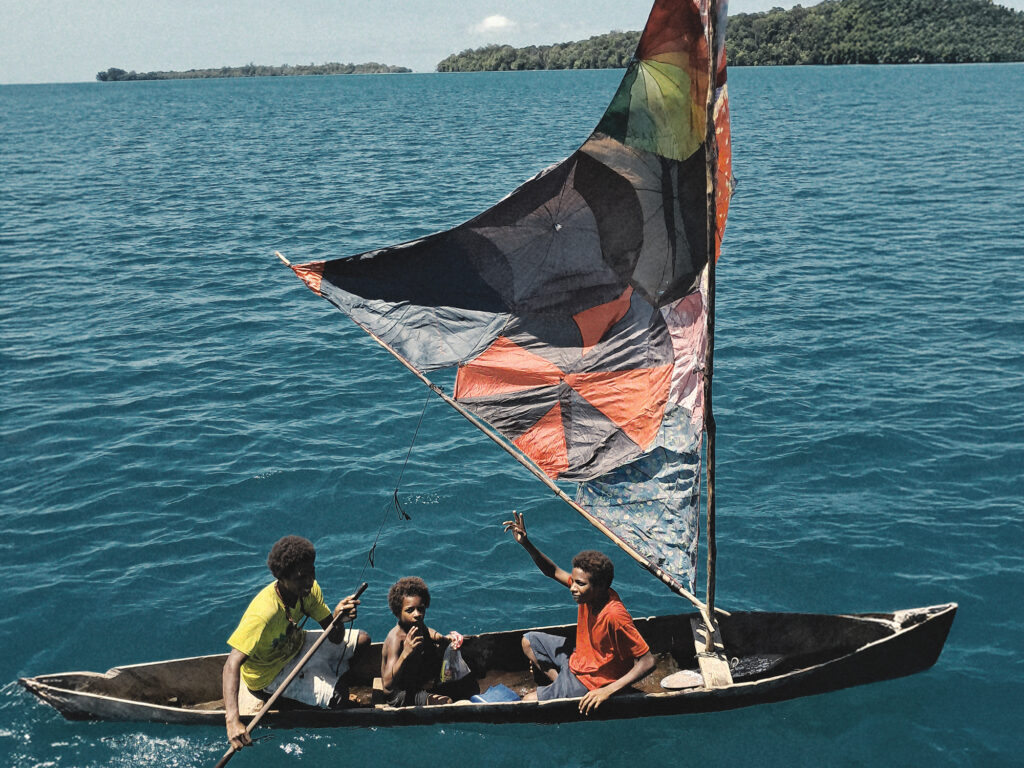
We vowed to return, but it took us 20 years. Cruising through Papua New Guinea is a different experience. Even the oldest, most basically equipped sailboat is luxurious compared with some dwellings here, which can attract the wrong kind of attention.
We came up from Vanuatu and continued to Kavieng at the northern tip of New Ireland, a pleasant little town with a great vegetable market and surprisingly well-stocked supermarkets. Stalled in place by a lack of wind, we explored the many islands around the tip of New Ireland and around New Hanover; went up to the Saint Matthias group; island-hopped back to the Solomons via Tabar, Lihir and the Tanga group; and sailed on to Nuguria and the Mortlock group far out to the east. We then did another round of the most remote islands and atolls.
Due to reports of crime we’d heard from other cruising boats in the area, we’d installed metal bars across all of our boat’s hatches so that we could leave them safely open at night. We’d also mounted motion sensors to activate our lights if anybody tried to board our boat uninvited. We stowed everything that couldn’t be locked belowdecks, to avoid attracting thieves.
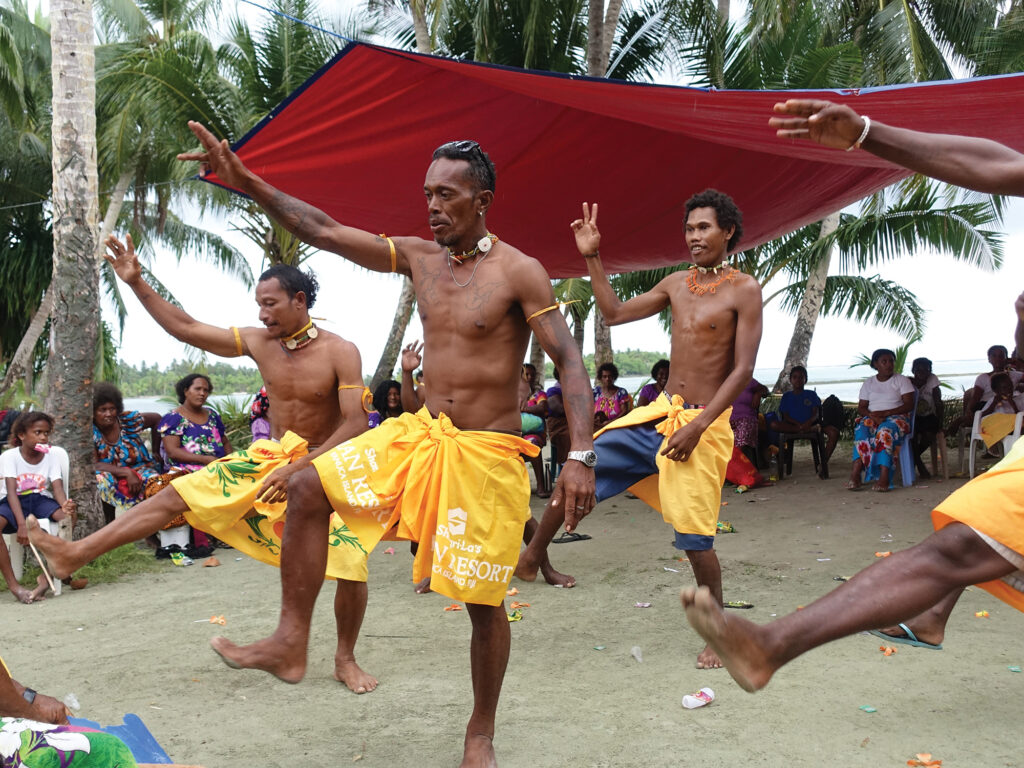
Because of all the reports, we went on high alert the day we anchored next to a reef with no land in sight and, suddenly, saw an open boat full of men approaching us at high speed. As it turned out, they slowed down, waved, and stopped to offer us some fish they’d had just caught. For free. Ashamed of our paranoia, we sheepishly looked for something to give them as a thank-you.
We’d also read that it’s crucial to visit the chief of each island right after anchoring to bring presents, ask for permission to stay, and be under his protection. On many of the little islands, we were directed to the “chairmen” (like mayors) for informal welcomes, with neither anchoring fees nor presents expected. We brought small gifts anyway.
Wherever we anchored, we soon had canoes paddling toward us: curious kids or adults coming to trade. The first day was usually the busiest, with everyone eager to meet the strangers and check out their weird floating home. We sometimes had a fleet of 10 canoes circling us and couldn’t get any work (or rest) done, as we felt obliged to give one group after the other a tour of the boat.
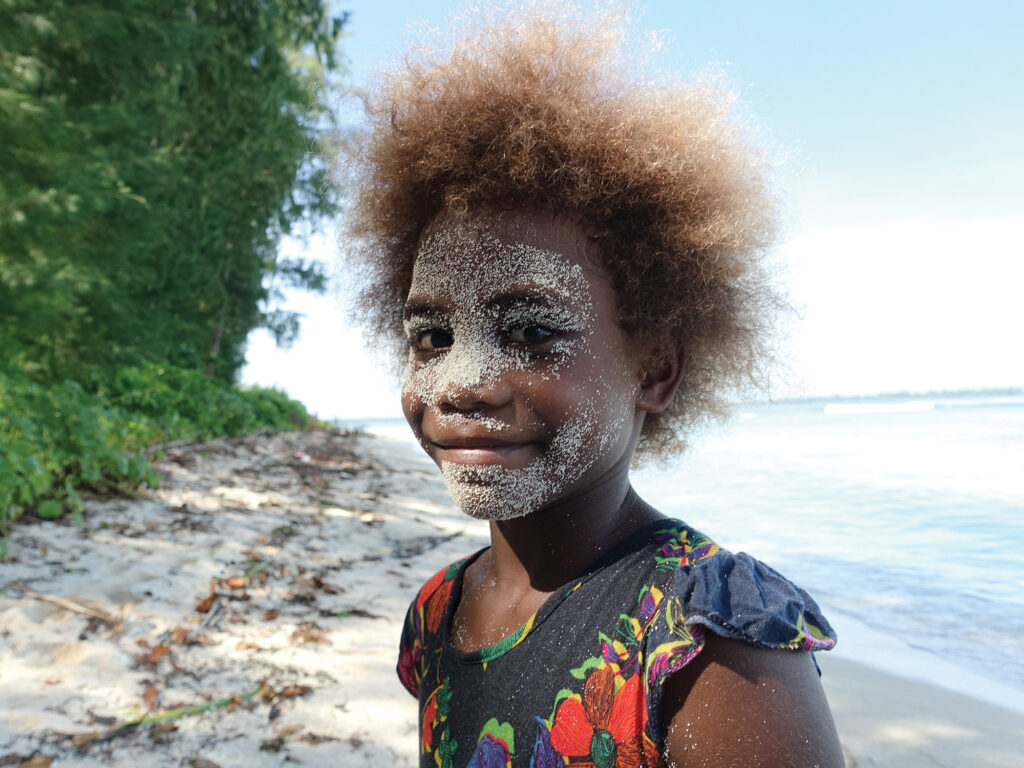
The trick is to stay longer in a place. Once the excitement has worn off, visitors are occasional. On most islands, we were told that we were the first boat to call in 10 or even 15 years. It’s a shame, really, because the islanders would be happy to have more visitors, tell stories and barter, especially where supply ships have stopped calling altogether. They need clothes, school supplies, sunglasses, reading glasses, staples such as rice, sugar and instant noodles, and household equipment including frying pans and towels. Spinnaker material for the sailing canoes is a perfect gift, but please don’t encourage spearfishing along the reefs by giving away snorkeling gear—the damaged reefs desperately need herbivores such as parrotfish and surgeonfish to keep algae at bay. It’s better to give out hooks and lines, which target less-vital species.
After watching coral bleach and die during previous summers in French Polynesia and Fiji, we didn’t expect healthy reefs in Papua New Guinea due to its closer proximity to the equator, so we were surprised to find super-resilient corals. We had also expected the northwest monsoon, which is supposed to bring strong winds and rain, to set in during December, but it didn’t arrive at all (and locals told us it had skipped the previous years as well). We enjoyed the hot, calm weather, but it sadly resulted in a serious bleaching event. The lack of wind also meant that we had a hard time making our way back southeast, but we managed, eventually, with lots of patience and light-wind sailing.
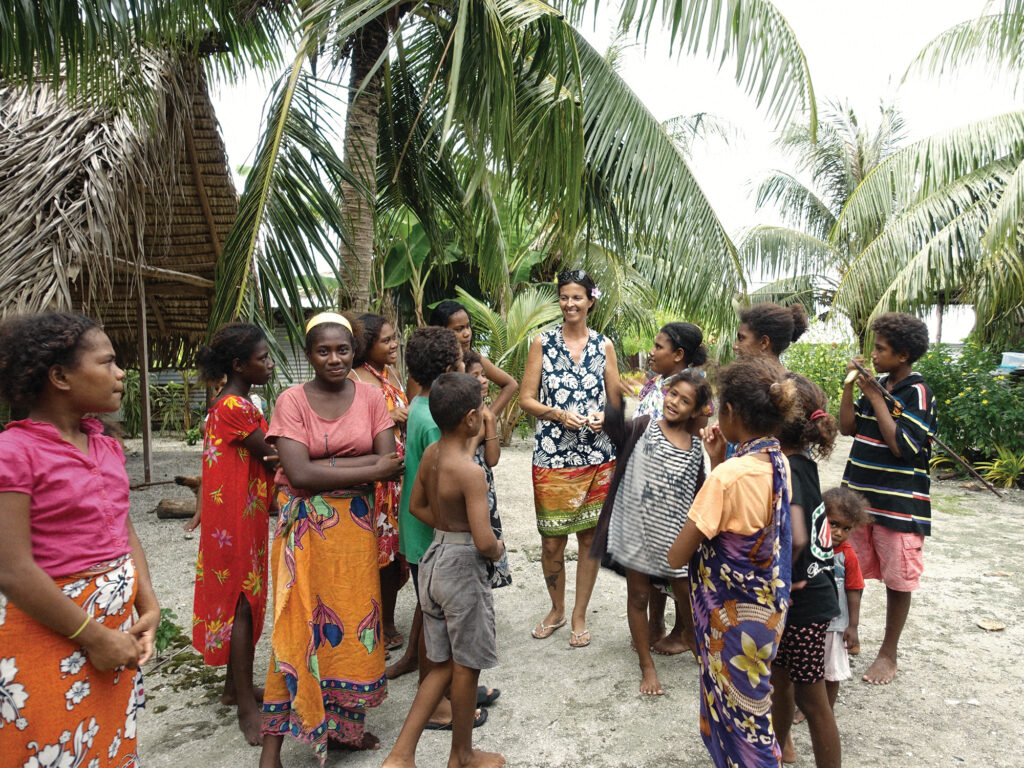
Around towns and densely populated areas, many reefs are hopelessly overfished, but in remote areas, the traditional subsistence fishing is sustainable. Many communities have created marine protected areas, which are breeding grounds for many species that will—hopefully—populate neighboring reefs, and the fishermen profit from the overflow around the no-fishing zones. We tried to encourage such projects by doing reef checks together with the locals, including schoolchildren. You can too: When you anchor off an island, ask whether the village has an MPA. Then, respect the no-fishing policy and ask whether you’re allowed to snorkel. Bring locals with you to hang out with big fish. Make sure to leave a donation to encourage people to continue their efforts.
While you’re down there, you’ll likely see the anemones that come in an astounding variety of colors and shapes, with clownfish in various patterns. We were surprised to find many reefs teeming with turtles, giant clams and lobsters. Apparently, many islanders converted to Seventh Day Adventism, and their religion forbids them to eat such animals. We were also happy to encounter big groups of manta rays, dolphins, and even dugongs in the lagoons.
Since the export of saltwater crocodile products was banned in 1980, the number of these dangerous reptiles has steadily increased. Incidents are on the rise: swimming children, women doing their laundry in the river, dogs roaming the village at night—nobody is safe when the crocs go hunting. Our first anxious question in each anchorage was whether there were saltwater crocodiles: Igat pukpuk? We made sure to ask several reliable-looking people before we dared to venture into the water. Meeting a hungry croc face-to-face was definitely not on our to-do list.
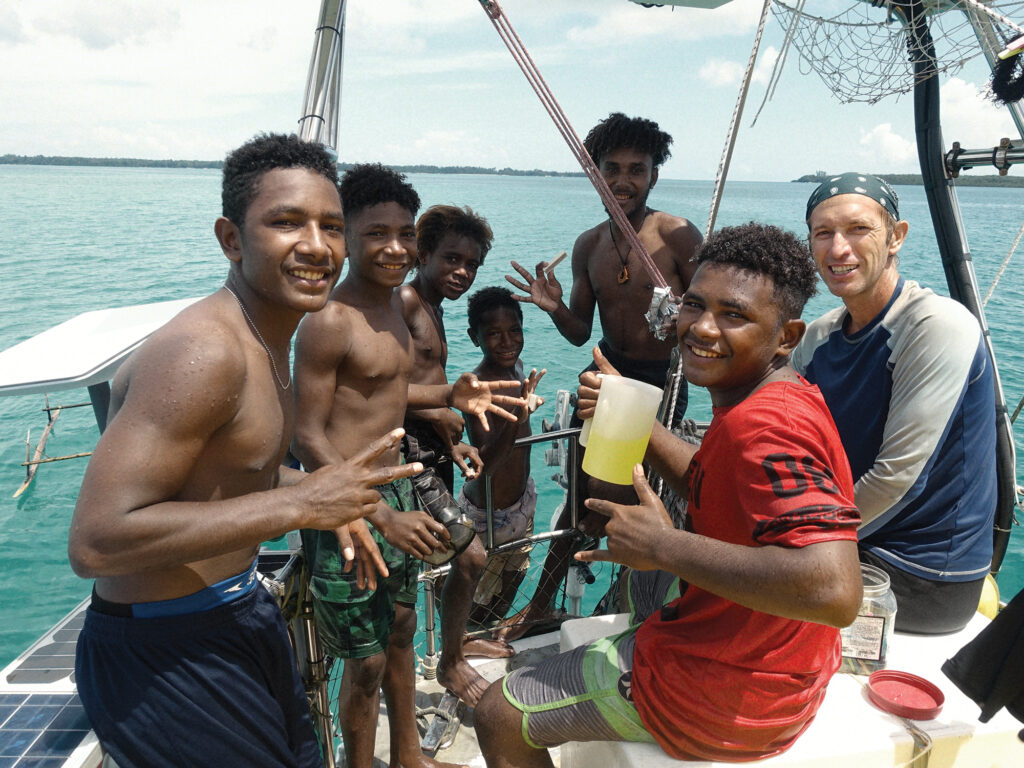
In the island maze off Kavieng, people assured us that the outlying islands without mangroves were perfectly safe for snorkeling. On more-remote islands, the people just shook their heads and laughed. They had never seen one themselves.
So, that’s another good reason to stay away from the mainland. During a hot, equatorial summer, having to stay out of the water would be unpleasant, but of course, not nearly as unpleasant as ending up as a saltie’s dinner.
Birgit and Christian Hackl have been cruising aboard their S&S 41, Pitufa, since 2011. Visit pitufa.at for pictures and information, and check out their books: Sailing Towards the Horizon, Cruising Know-How and On Velvet Paws Towards the Horizon, an homage to their ship’s cat.


